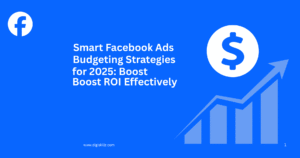
Smart Facebook Ads Budgeting Strategies for 2025: Boost ROI Effectively
In 2025, Facebook Ads (now under Meta) continue to be one of the most powerful tools for reaching the right audience online. With billions of users and smart AI-based targeting, the platform offers huge potential. But as competition increases, ad costs are rising too—making it essential to plan your budget wisely.
This guide shares practical tips for budgeting your Facebook Ads in 2025—covering everything from goal setting to scaling—so you can get maximum ROI without overspending.
Why a Budget Plan Matters for Facebook Ads
Many advertisers jump into Facebook Ads without any budgeting strategy. Some spend too much on untested campaigns, while others invest too little and fail to collect enough data. A smart budget ensures:
Every rupee (or dollar) produces measurable results.
You can test, learn, and scale efficiently.
Campaigns remain profitable in the long term.
With Meta’s AI tools becoming more advanced, 2025 is the perfect time to make your ad budget work harder than ever.
1. Set Clear Advertising Goals
Before you even spend ₹1,000 ($12), be clear about your goal.
Brand Awareness: Wider reach → needs a larger budget.
Lead Generation: More focused targeting → medium budget.
Conversions or Sales: Retargeting and lookalike audiences → efficient budget use.
🎯 Pro Tip: Decide your target CPA (Cost per Acquisition) or ROAS (Return on Ad Spend) before launching. It helps you know how much you can afford to spend per conversion.
2. Start Small, Then Scale
Avoid putting all your money into one campaign right away. Begin with testing:
Start with ₹500–₹1,500 ($10–$20) per day.
Try different creatives, audiences, and placements.
Increase budget by 10–20% every 3–4 days for top performers.
Scaling too fast resets Facebook’s learning phase. Slow, steady growth keeps your ads stable and cost-efficient.
3. Leverage Advantage+ Campaigns
Meta’s Advantage+ campaigns are major performance boosters in 2025.
They automatically test placements, creatives, and bids.
Ideal for e-commerce and lead-generation campaigns.
Helps reduce wasted spending through AI optimization.
If you’re looking to stretch your ad spend, Advantage+ is a must-use feature for Facebook Ads.
4. Choose the Right Budget Type
Facebook offers two main budgeting options:
Daily Budget: Good for ongoing, always-active campaigns. Keeps results steady.
Lifetime Budget: Works best for limited-time offers or event promotions. Facebook automatically adjusts spending for optimal results.
🎯 Pro Tip: Use lifetime budgets during testing phases for better delivery optimization.
5. Segment and Prioritize Your Audience
In 2025, targeting everyone is a mistake. Break your audience into segments like:
Custom Audiences: Website visitors, customers, or followers.
Lookalike Audiences: New users similar to your best customers.
Interest-Based Audiences: Users interested in your niche or related industries.
Budget distribution idea:
70% for proven audiences that convert.
30% for testing and discovering new segments.
6. Allocate Funds for Retargeting
Retargeting remains one of the most profitable parts of Facebook Ads. With so much competition, reminding users about your brand is key.
Target people who visited your site, added to cart, or viewed videos.
Spend around 15–25% of your budget on retargeting.
Use dynamic product ads to show users the exact products they viewed.
This smaller, focused budget often gives the best ROI.
7. Keep an Eye on Ad Frequency
When your ads appear too often to the same users, performance drops due to ad fatigue.
Keep ad frequency below 3–4.
Refresh ad creatives every 2–3 weeks.
Split-test visuals, videos, and text to maintain interest.
Fresh content ensures your money isn’t wasted on uninterested viewers.
8. Track and Optimize Regularly
Budgeting is not a one-time setup—it’s continuous improvement.
Use Meta Ads Manager and GA4 to analyze results.
Watch key metrics like CTR, CPC, CPA, and ROAS.
Stop underperforming ads quickly and move funds to top performers.
Keep A/B testing creatives, captions, and calls to action.
The best-performing brands in 2025 are those that make data-driven adjustments.
9. Know the Cost Benchmarks for 2025
Here’s what you can expect to pay for Facebook Ads this year:
CPC (Cost per Click): ₹6–₹15 ($0.08–$0.20)
CPM (Cost per 1,000 Impressions): ₹250–₹600 ($3–$7)
CPA (Cost per Action/Lead): ₹50–₹300 ($0.60–$4), depending on your niche
These rates vary based on audience, location, and season. Always compare your costs to benchmarks to stay competitive.
10. Keep a Safety Buffer
Ad costs can change suddenly due to seasonal demand or algorithm shifts. Always:
Reserve 10–15% of your total budget as a buffer.
Use this extra amount to scale winning ads or test new ideas.
This flexibility helps you capitalize on sudden performance boosts.
Final Thoughts
In 2025, success in Facebook Ads isn’t about spending more—it’s about spending smarter. Clear goals, gradual scaling, audience segmentation, and AI-powered optimization make all the difference.
Treat your ad budget as a living strategy, not a fixed number. Keep testing, learning, and reinvesting in what works—and you’ll see your ROI grow steadily throughout the year.
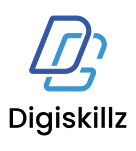

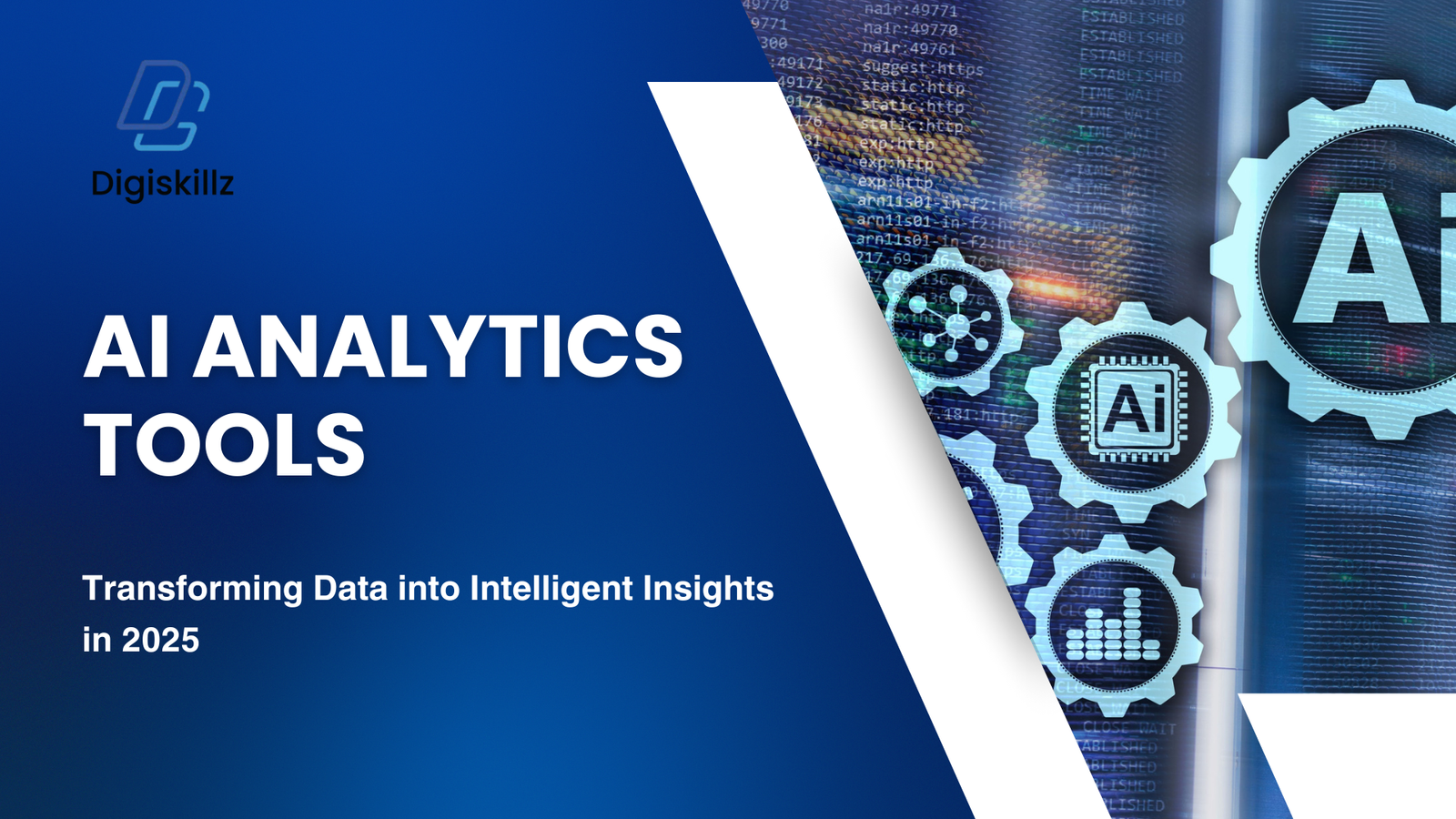


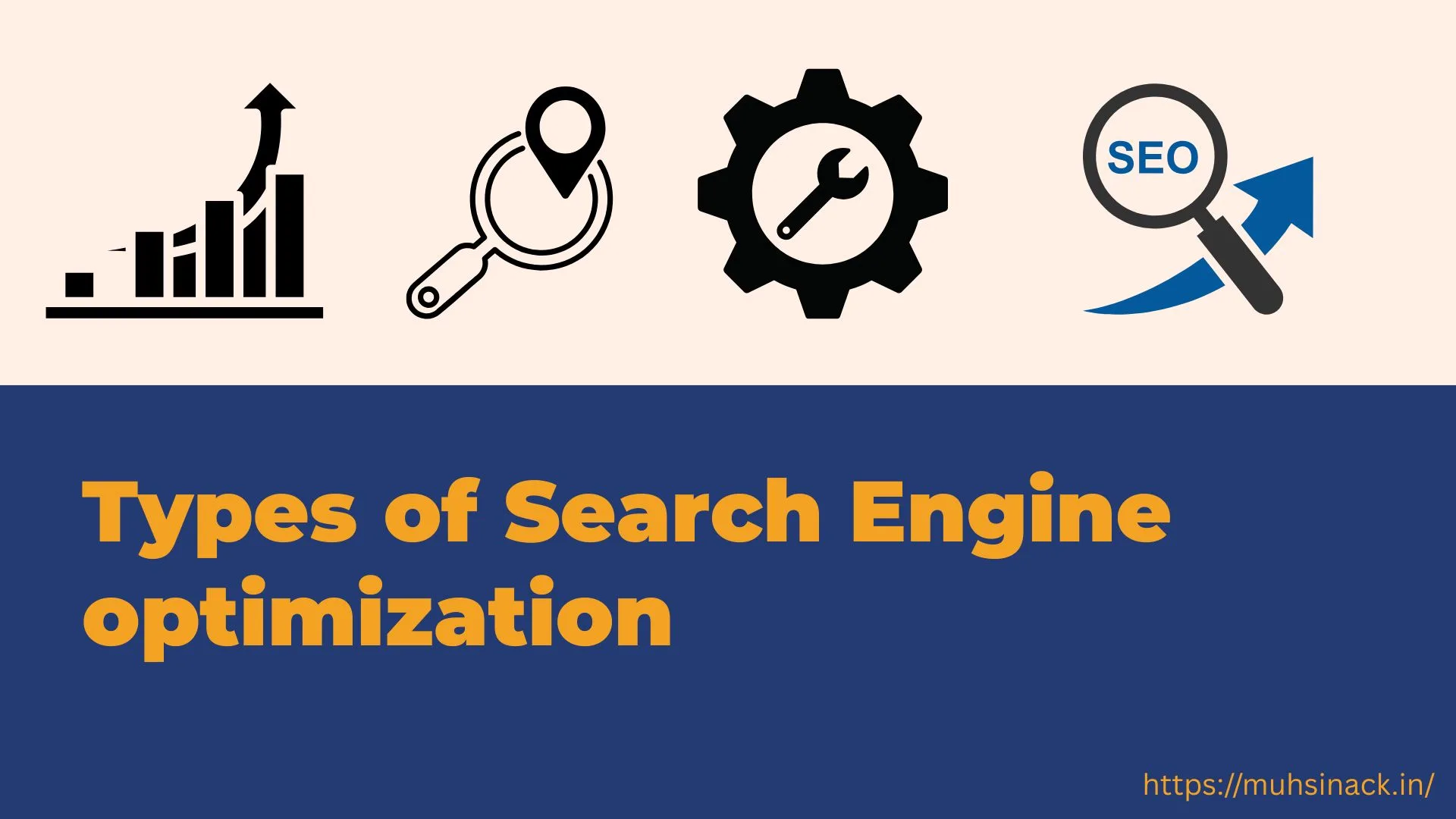

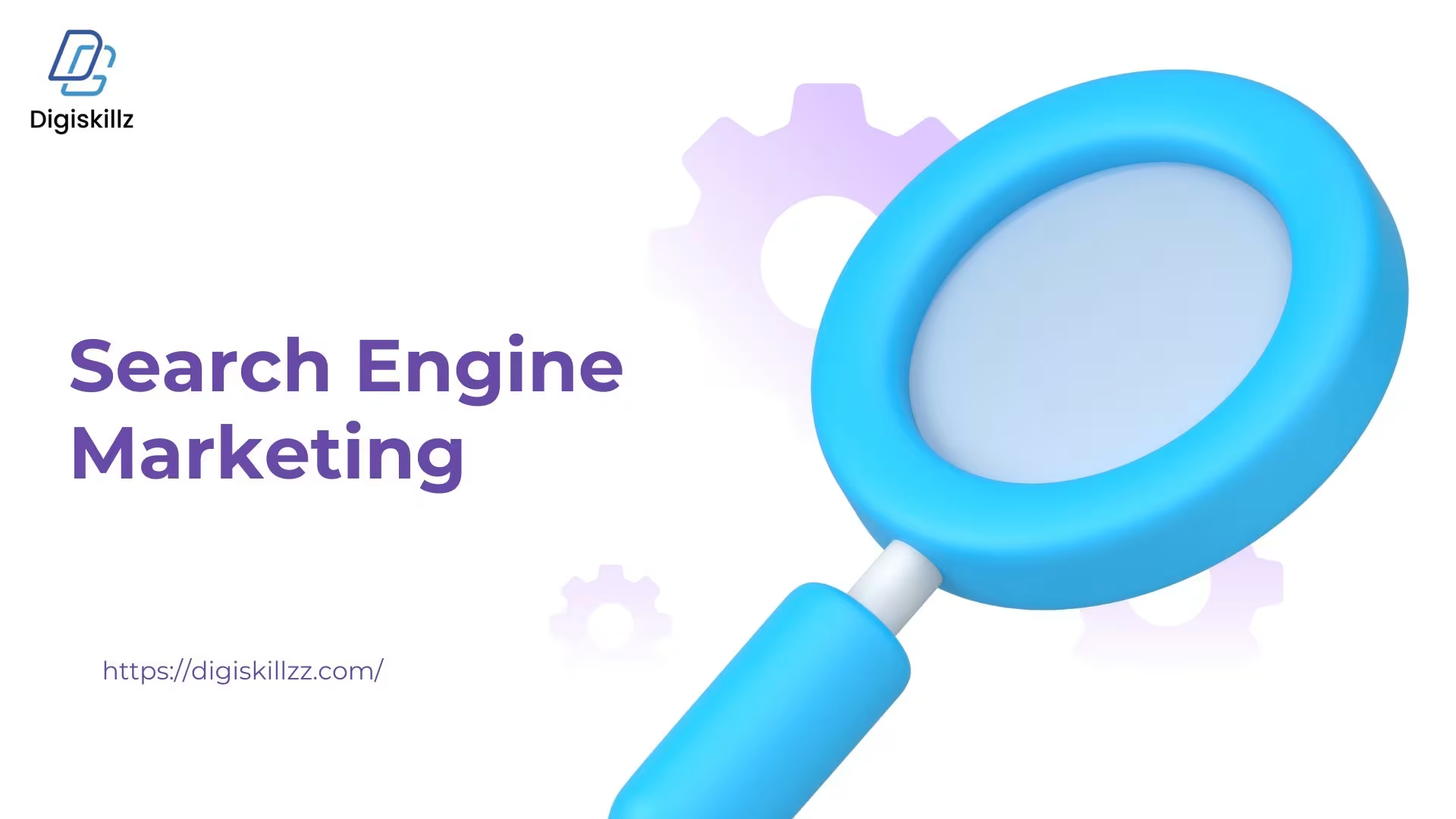
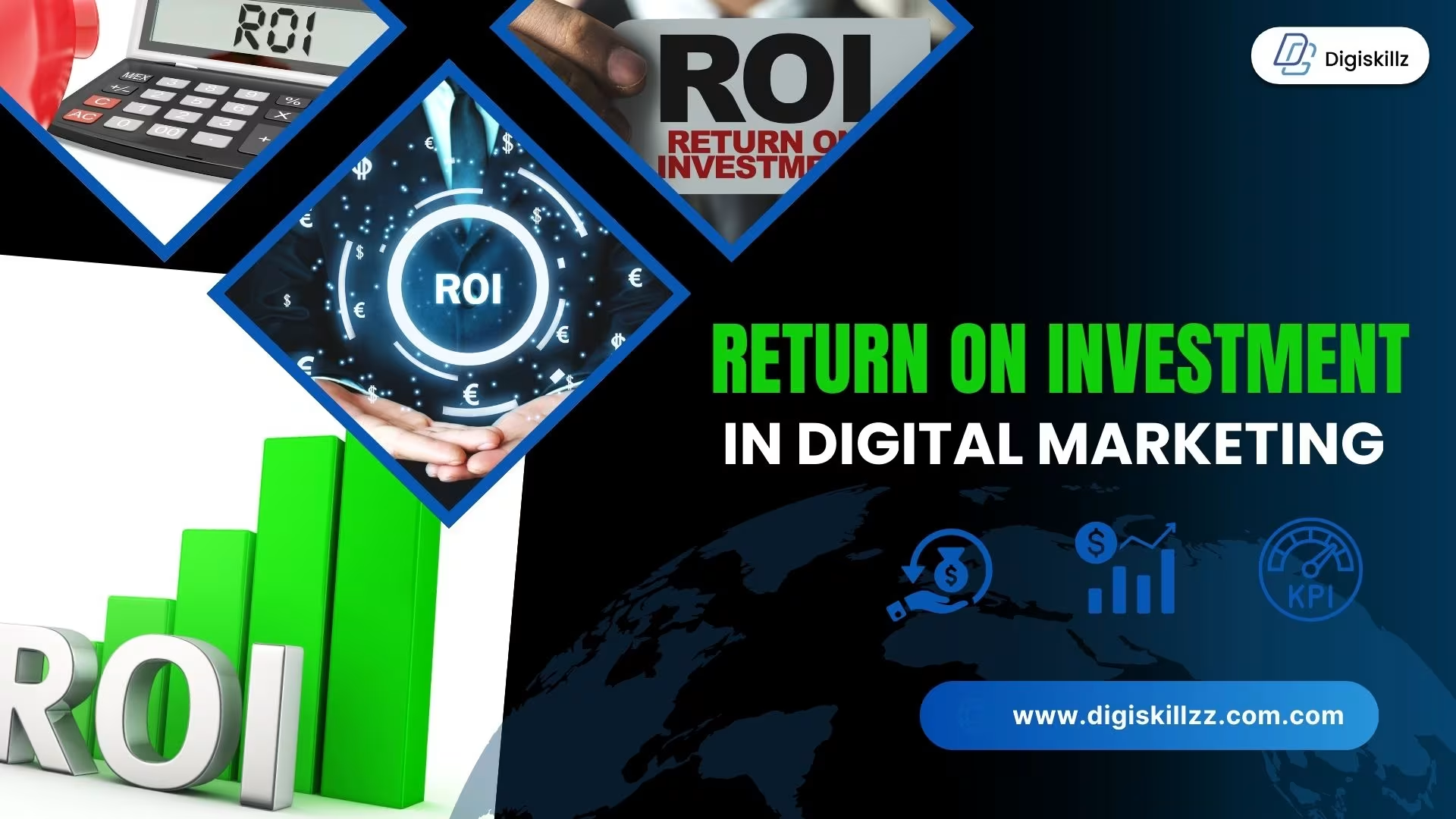
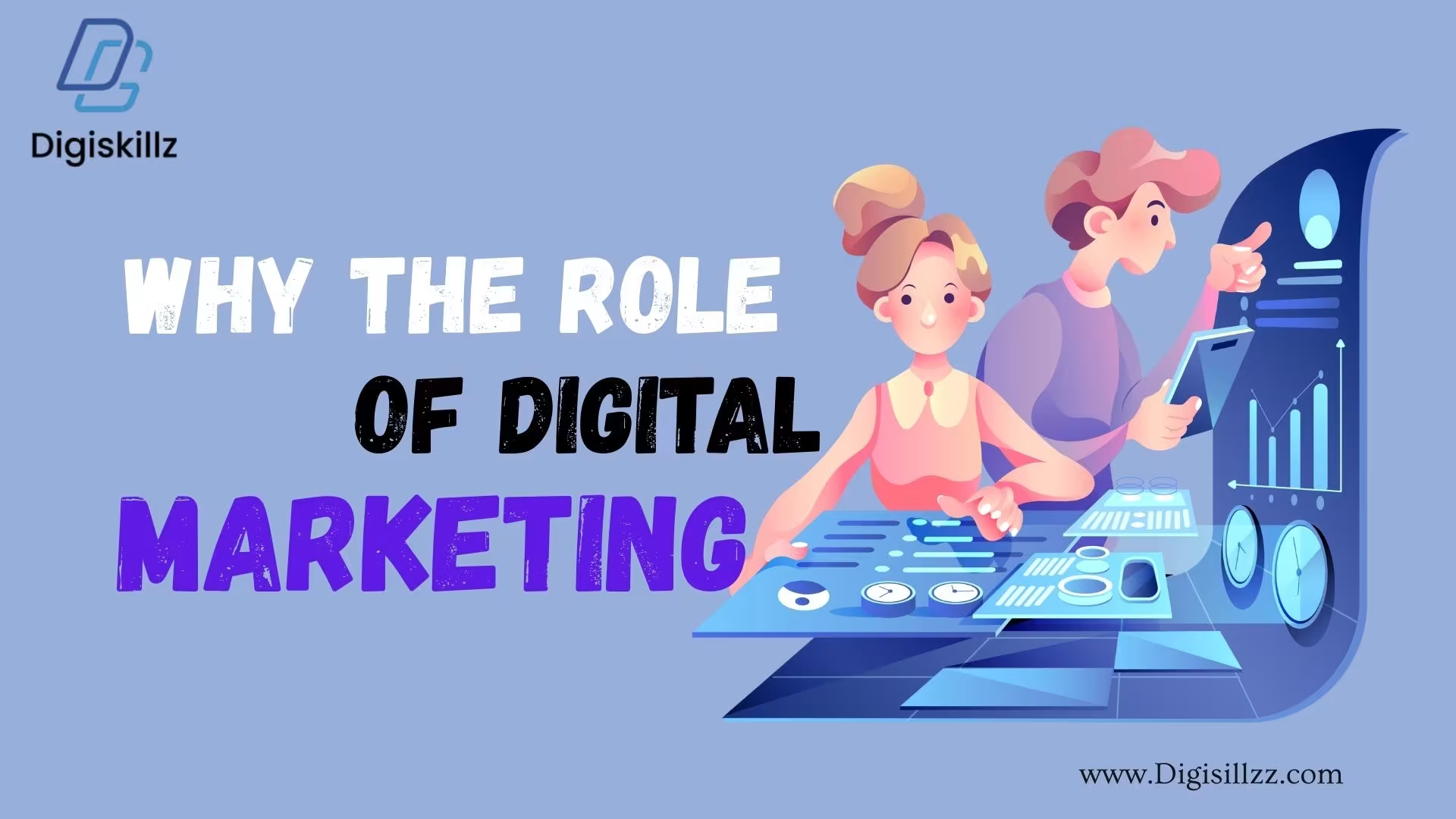
Leave A Comment